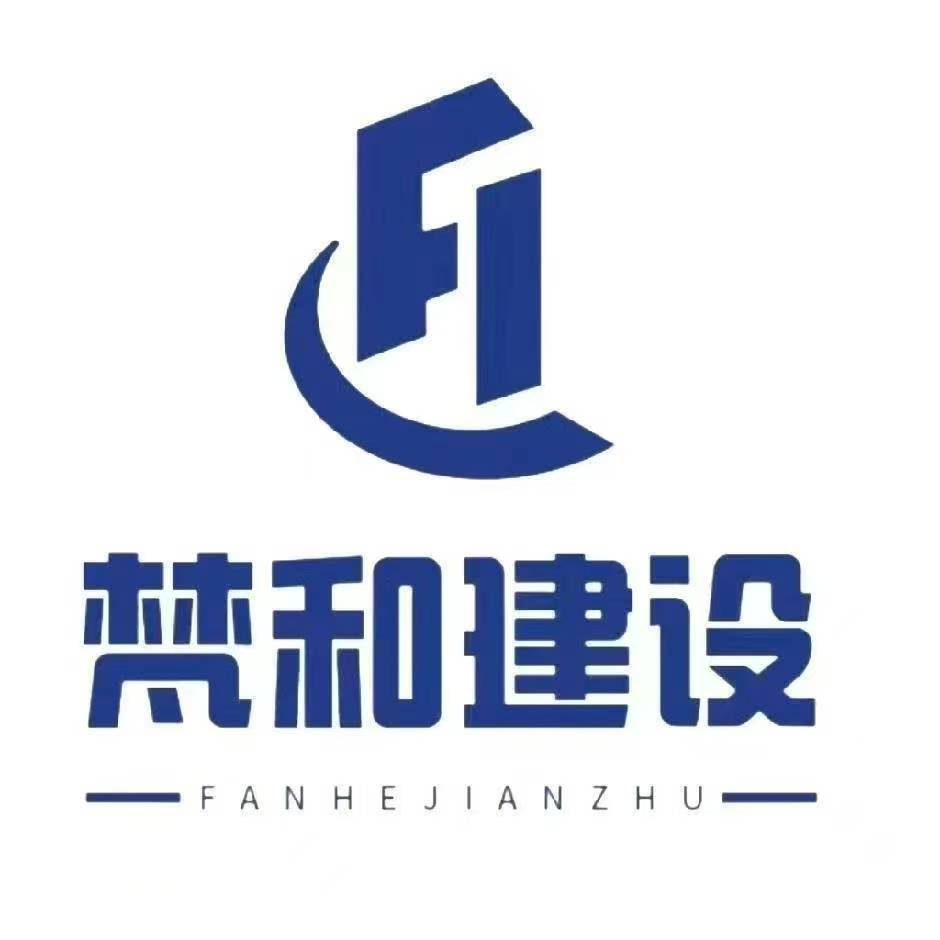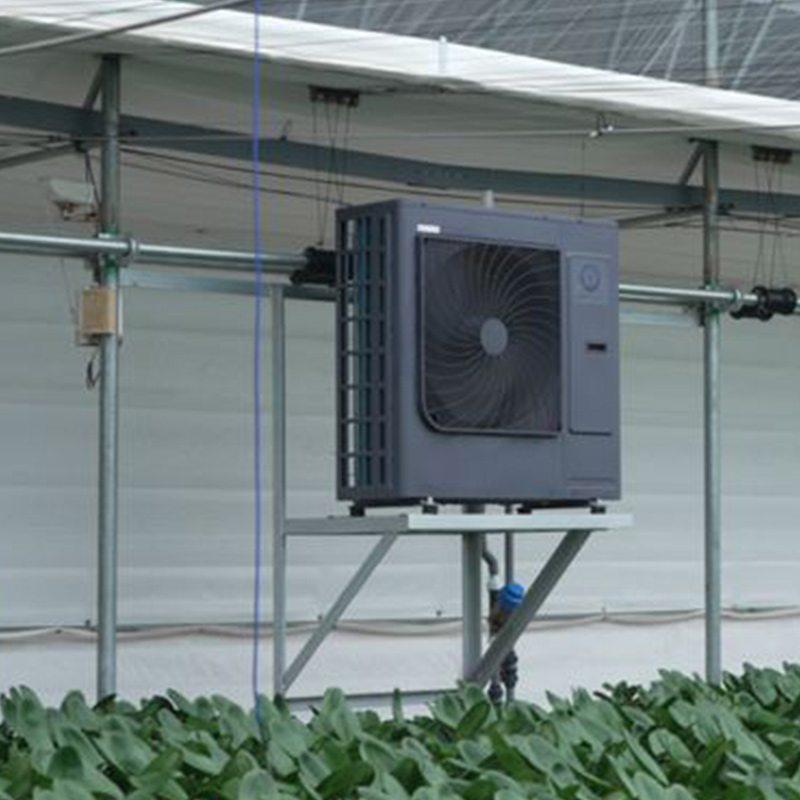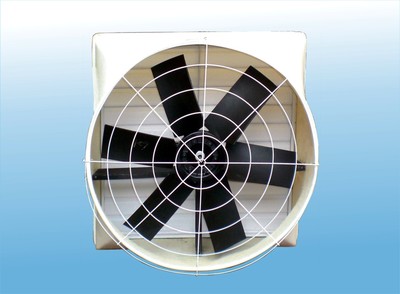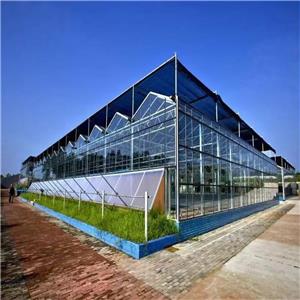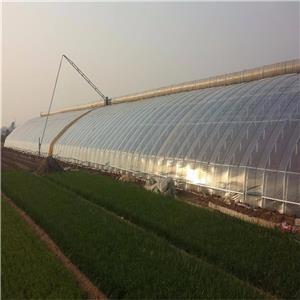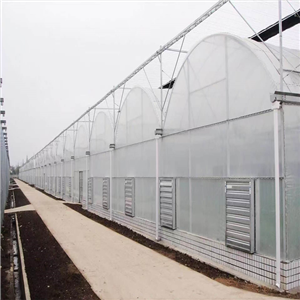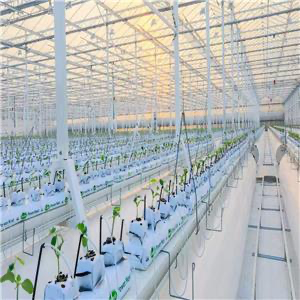
electric sunshade system and automatic thermal insulation quilt system are automated shading solution that optimizes light intensity and temperature in greenhouses. Using motorized screens and smart sensors, it provides precise shade control for improved crop growth and energy efficiency.
1. Introduction to electric sunshade system and automatic thermal insulation quilt system
Modern greenhouse operations require precise environmental control to optimize plant growth while minimizing energy consumption. The electric sunshade system has emerged as an essential component in advanced greenhouse climate management, offering automated control over light intensity and temperature. These systems consist of motorized shading screens that can be extended or retracted based on real-time environmental conditions or predetermined schedules.
Electric sunshade systems serve multiple critical functions:
Solar radiation management
Temperature regulation
Energy conservation
Light diffusion enhancement
Crop protection from excessive sunlight
2. System Components and Architecture of electric sunshade system and automatic thermal insulation quilt system
2.1 Core Components
The complete electric sunshade system comprises several integrated elements:
Shading Screen Material:
Knitted or woven polyester fabric
Aluminum-coated or laminated surfaces
Various shading percentages (30%-90%)
UV-stabilized for longevity
Drive System:
24V DC electric motors
Stainless steel drive cables
Aluminum track systems
Gearboxes with overload protection
Control System:
Light intensity sensors
Temperature sensors
Programmable logic controller (PLC)
User interface panel
Support Structure:
Galvanized steel support wires
Mounting brackets
Tensioning devices
2.2 System Configurations
Single-Layer Systems:
Basic light control
50-70% shading capacity
Most economical option
Double-Layer Systems:
Combined shading and energy saving
Blackout capability
Improved insulation properties
Retractable Roof Systems:
Full roof opening capability
Maximum ventilation potential
Highest light transmission when open
3. Technical Specifications
3.1 Performance Parameters
| Specification | Standard Range | Premium Options |
|---|---|---|
| Shading Rate | 30%-90% | Adjustable 10%-95% |
| Motor Power | 100-200W | 300W (heavy-duty) |
| Operation Speed | 0.5-1.2 m/min | 1.5-2.0 m/min |
| Noise Level | <50 dB | <40 dB |
| Screen Life | 8-10 years | 12-15 years |
3.2 Electrical Requirements
Voltage: 24V DC (standard), 48V DC (large systems)
Power Consumption: 0.5-2.0 kWh/day (typical)
Safety Features: Overcurrent protection, emergency stop
Connectivity: RS485, Modbus, wireless options
4. Operational Principles
4.1 Control Strategies
Light-Based Control:
PAR sensor input (μmol/m²/s)
Adjustable setpoints for different crops
Gradual adjustment algorithms
Temperature-Based Control:
Canopy temperature monitoring
Integrated with ventilation systems
Heat stress prevention protocols
Hybrid Control:
Combines multiple parameters
AI-based optimization
Weather forecast integration
4.2 Movement Mechanisms
Roller Systems:
Fabric wound on aluminum tubes
Smooth unrolling operation
Automatic tension maintenance
Folding Systems:
Accordion-style movement
Compact storage
Uniform light distribution
5. Benefits and Advantages of automatic thermal insulation quilt system
5.1 Crop Production Benefits
Prevents sunburn damage to leaves and fruits
Maintains optimal leaf temperature
Reduces water stress
Enables year-round production
Improves crop quality and consistency
5.2 Energy Efficiency
Reduces cooling requirements by 40-60%
Lowers HVAC operational costs
Provides insulation in cold weather
Minimizes light pollution at night
5.3 Operational Advantages
Fully automated operation
Remote monitoring capability
Minimal maintenance requirements
Compatible with most greenhouse types
Scalable for any size operation
6. Installation Considerations
6.1 Structural Requirements
Minimum headroom: 30cm above crop
Support wire spacing: 50-70cm
Load capacity: 1.5-3.0 kg/m²
Clearance for maintenance access
6.2 Electrical Installation
Dedicated circuit requirements
Surge protection devices
Proper grounding
Cable management systems
6.3 Integration with Other Systems
Ventilation coordination
Irrigation system synchronization
Lighting system compatibility
Data logging integration
7. Maintenance and Troubleshooting
7.1 Routine Maintenance
Monthly inspection of moving parts
Annual lubrication of drive components
Screen cleaning (bi-annual)
Sensor calibration (annual)
7.2 Common Issues and Solutions
| Problem | Possible Cause | Solution |
|---|---|---|
| Uneven movement | Tension imbalance | Adjust end stops |
| Motor overheating | Voltage fluctuation | Check power supply |
| Screen wrinkling | Improper installation | Re-tension system |
| Sensor errors | Dirty optics | Clean sensor surface |
